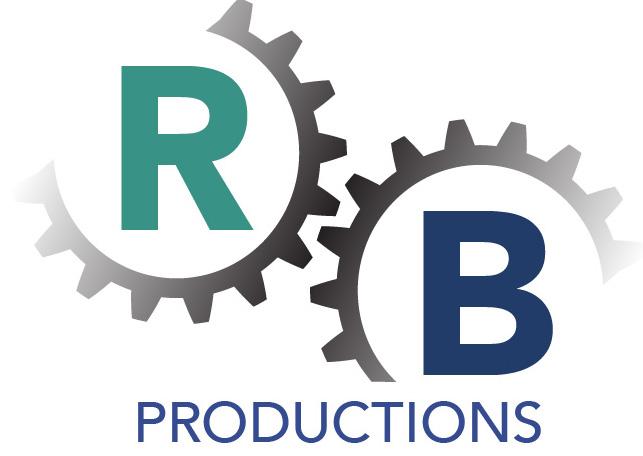Let’s meet, and get back to work!
I’ve been in enough business meetings over the years to reinforce my deeply held belief that no such meeting should last more than 30 minutes.
I speak from the experience of having sat through endless drone-a-thons where someone – obviously in love with the sound of their own voice – went on and on about some point or another that could just as easily been introduced and explained in three to five pithy sentences.
And then there are those agendas that get quickly trashed as meetings digress in any number of directions, often wandering far afield from the germane points.
Arghh! I say enough of all that! Let’s have short, focused, and productive meetings that resolve the most important issues at hand and then let everyone get back to work. And that should transpire in 30 minutes or less. Here are a few of my suggestions to make that happen:
More shorties and less longies. Instead of planning a single, long, all-encompassing meeting, schedule a series of short meetings, say 10-15 minutes, focused on just one or two points. These short on-going meetings get to the heart of the matter with the relevant attendees without carving out large blocks of time in everyone’s business schedules.
Write out an agenda and stick to it. Assign time lengths for each agenda item as a reference on how to spend the time. Ask someone to act as a “time referee” to make sure that the meeting stays on schedule. (And I don’t mean to say that a meeting should be timed like a football game. There just needs to be someone keeping an eye on the time so the meeting doesn’t shift into an unnecessary overtime.)
Come into the meeting prepared state your case. The more you plan ahead, and rehearse, if necessary, the smoother, and faster, things will go in the meeting.
Have a clear purpose and objective for meeting. This gets back to agenda planning and agenda following. Meetings with no firm purpose or objectives will often embark on time-consuming safaris to find an agenda. Don’t let it happen.
Limit the number of attendees in the meeting. Really, there’s no need to invite more people than necessary. If some people can be informed after the meeting, send them the meeting notes and update them that way. By limiting the attendees to just the essential personnel, you streamline the meeting for faster functioning and faster adjournment.
Save Q and A’s for “off-line.” Q&As are great for opening up and having productive discussions of issues that need explanation or clarification. They can also be huge time grabs when conducted as part of a meeting. Better to set up another way to conduct Q&A sessions, such as one-on-one, over email, or through a dedicated Q&A portal, that doesn’t tie up everyone in a meeting.
I’ve always believed that meetings should be about work rather than work being about meetings. Let’s stick to the tight, concise 30 minutes max rule and get back to what we really should be doing. Farewell to wandering, overly long meetings!
